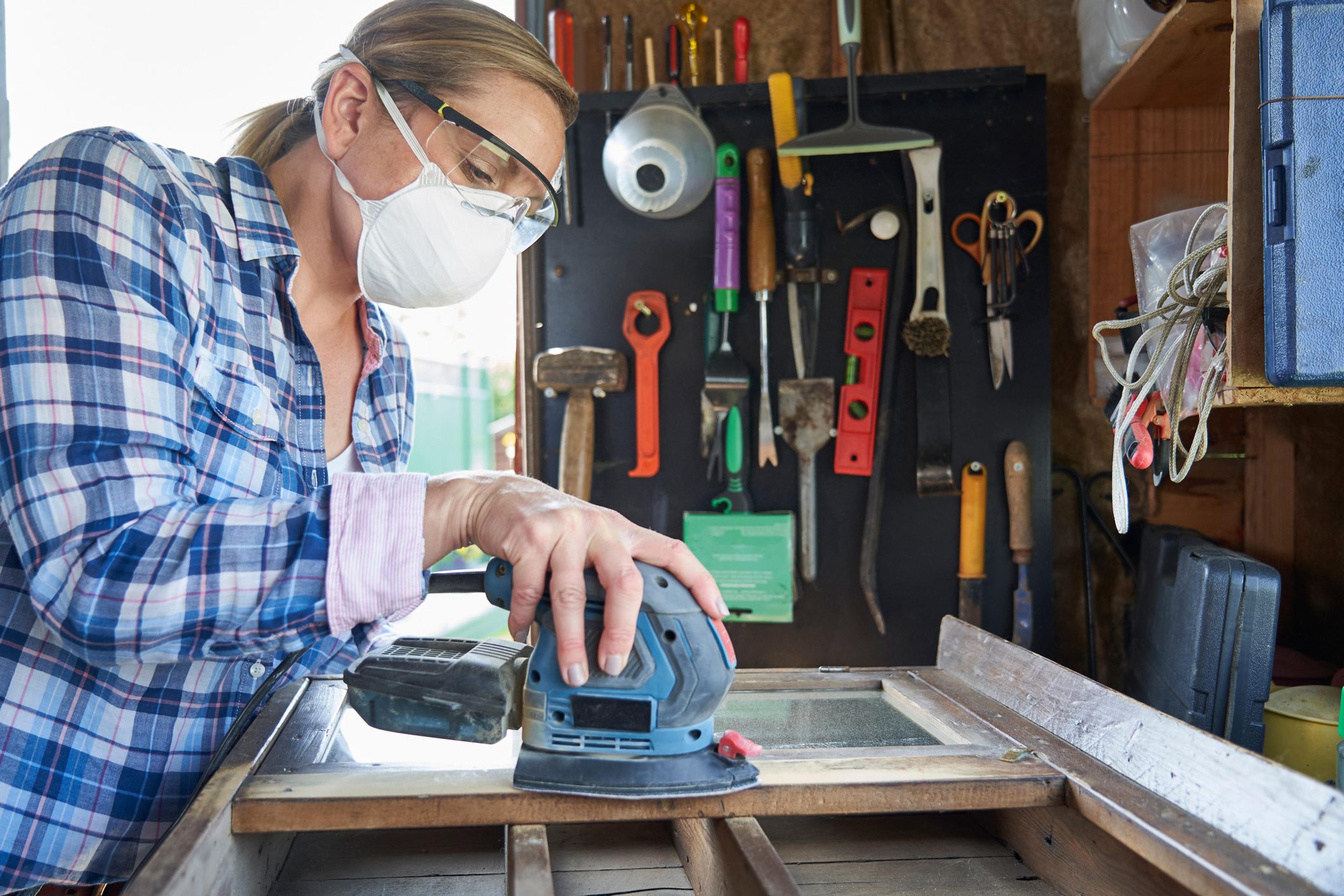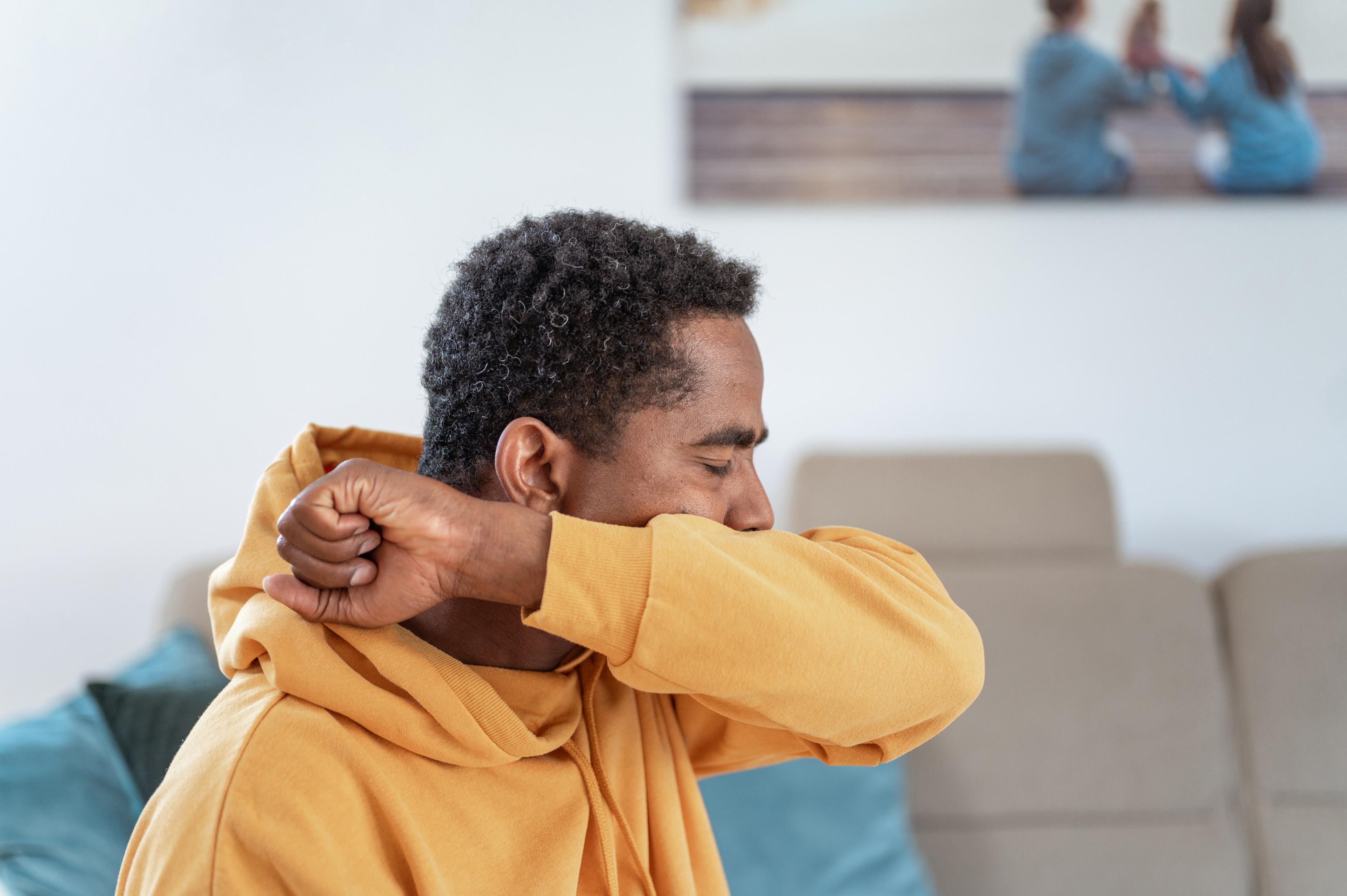Common Eye Injuries and How to Avoid Them

Dr. Gina Lynem-Walker
| 4 min read
Dr. Gina Lynem-Walker, MD, is a former quality medic...

It’s a common misnomer that most eye injuries occur on the job, especially if an individual is working in a factory or on a construction site. While those are higher risk activities for eye injuries, nearly half of all eye injuries occur at home. It’s important to understand how to prevent common eye injuries and the symptoms that should prompt a swift trip to the doctor. Many workplaces have policies and procedures they must follow to keep workers safe on the job – which includes the use of protective eyewear. Here, we’ll focus on other situations that are often common causes of eye injury.
Eye safety at home
About three in 10 people wear protective eyewear during home projects – but just putting on a pair of safety glasses can reduce the risk of eye injury by 90%, according to the American Academy of Ophthalmology. Here are some common ways that eye injuries can occur at home:
- Drilling screws or hammering nails into a hard surface, like cement or brick mortar
- Mowing the lawn
- Opening champagne bottles
- Small projects that include sanding
- Splashes from cleaning products, including oven cleaner and bleach
- Splatters from hot grease or oil during cooking
- Trimming hedges and bushes
- Using cosmetics, including mascara wands
- Using hot hair tools like curling irons
- Using power tools
It’s important to wear protective glasses during home projects, no matter how small. Taking care not to mix cleaning products, using a grease shield when cooking and using extreme care when using hair tools and cosmetics can all be good preventative measures to take.
Eye safety for children
In addition to teaching children to use protective eyewear while doing yardwork or other home projects, eye safety measures should also be taken for youth athletes. Between the ages of five and 14, most sports-related injuries in the U.S. occur while playing baseball. Sports eye protectors with polycarbonate lenses are recommended for children who play the following sports:
- Baseball
- Basketball
- Football
- Hockey
- Lacrosse
- Paintball
- Racquet sports like tennis
- Soccer
Here are some eye safety tips to keep in mind for children’s toys:
- Avoid toys that shoot projectiles including darts and bows and arrows
- Ensure toys are age-appropriate
- Keep children away from fireworks, including bottle rockets
- Make sure toys are marked “ASTM,” which means they meets national safety standards set by the American Society for Testing and Materials
- Non-powder rifles, pellet guns and BB guns are not toys
Seeking treatment
There are varying types of eye injuries, and some are more serious than others:
- Eye scratch: A scratch can cause redness in the eye, as well as pain, a feeling that something is stuck and tears. If the cornea has been scraped, it can also cause blurred vision, light sensitivity and headache. Individuals should see an eye doctor immediately or go to the emergency room if they are in extreme pain or are having trouble seeing. Blinking and rinsing the eye are OK but rubbing the eye can cause damage.
- Dirt, dust, or small particles: Blinking and lifting the upper eyelid over the eyelashes of the lower lid can help naturally flush particles out of the eye. Saline solution or tap water can help flush particles out as well. Do not rub the eye. However, non-natural materials like metal or glass can cause more serious damage. See an eye doctor or seek help from the emergency room if flushing out the eye does not work.
- Chemical exposure: Flush the eye with clean water immediately and seek emergency help right away.
- Hit in the eye: Be gentle with the eye and do not apply pressure. Use a cold compress. Even a small blow could cause a bigger injury, so consider seeing an eye doctor as soon as possible.
- Cut to the eye: Do not rub the eye, and do not remove any objects stuck in the eye. Do not rinse with water. Place a protective shield around the eye and go to the emergency room.
Signs that an individual should seek urgent help from an eye doctor include:
- An injury beyond a small scratch or grit in the eye
- Noticeable change in vision
- Eye swelling
- Double vision
- Severe pain
- Torn eyelid
- Deep ache around the eye and brow
- Headache
Seek help immediately at the emergency room or call 911 if an object is stuck in the eye like a piece of metal or glass, or if a chemical got into the eye and the pain has not gone away after being flushed with water. Gina Lynem-Walker, M.D., is an associate medical director at Blue Cross Blue Shield of Michigan. More from MIBluesPerspectives:
Photo credit: Getty Images





